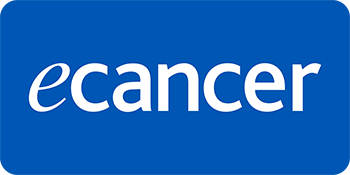Background: Chemotherapy-induced neutropenia (CIN) is a substantial side effect in chemotherapy of breast cancer patients. Administration of granulocyte colony stimulating factor (G-CSF) that may reduce CIN occurrence is not commonly available to many local cases.
Objectives: To investigate the occurrence of grade 4 CIN and the influencing factors in breast cancer patients not receiving G-CSF prophylaxis.
Methods: One-hundred and eighty-six newly diagnosed breast cancer patients who received a 3-weekly (neo)adjuvant or palliative chemotherapy without primary G-CSF prophylaxis were included. Grade 4 CIN was defined as absolute neutrophil count (ANC) <0.5 × 103/mm3 during any chemotherapy cycle. We used logistic regression to explore the association of clinical, pathological and treatment factors with the risk of grade 4 CIN in the first cycle and in any given cycle.
Results: Fifty-seven (30.6%) patients experienced grade 4 CIN in the first cycle and 145 (78%) had it at least once during chemotherapy. In the first cycle, haemoglobin, ANC, and albumin levels were associated with grade 4 CIN (OR = 1.48, p = 0.031; OR = 0.68, p = 0.006; and OR = 2.07, p = 0.042). In any cycle, pre-treatment ANC levels and anthracycline-taxane combination regimen were associated with grade 4 CIN (OR = 0.78, p = 0.032 and OR = 3.64, p = 0.012).
Conclusions: A significant proportion of the local breast cancer cases undergoing chemotherapy without primary G-CSF prophylaxis experienced grade 4 CIN. Haemoglobin, ANC, and albumin levels are the risk factors for first cycle CIN, while pre-treatment ANC levels and anthracycline-taxane chemotherapy regimen are associated with CIN in any given cycle. These risk factors may be used to direct a recommendation of G-CSF prophylaxis to the most at-risk individuals in the local setting or other settings in similar situations.







